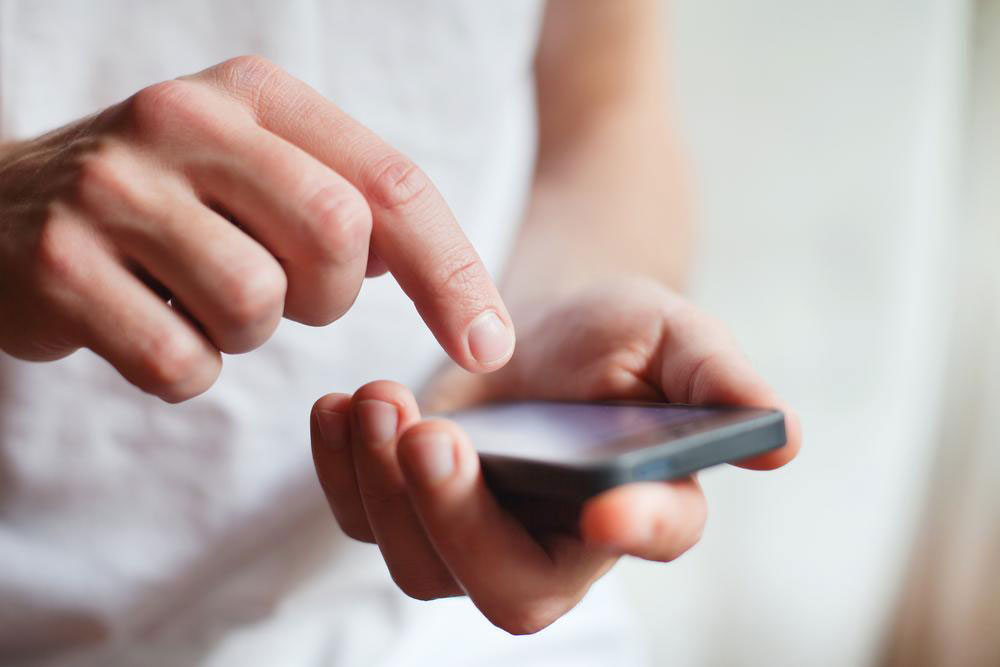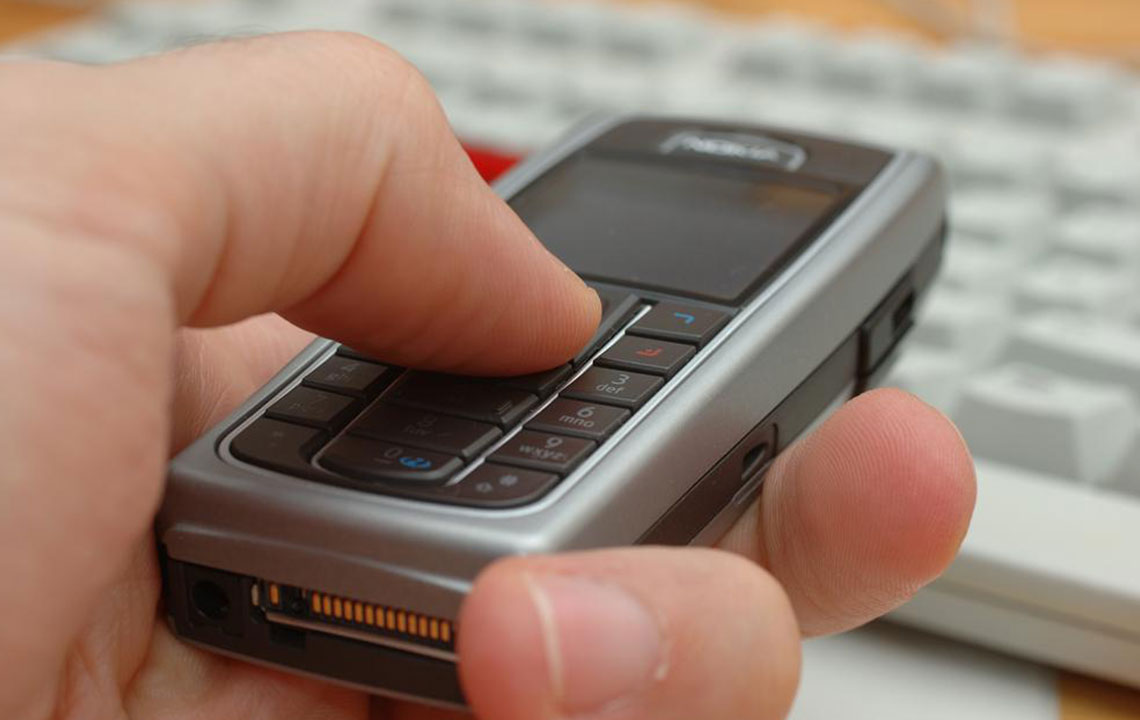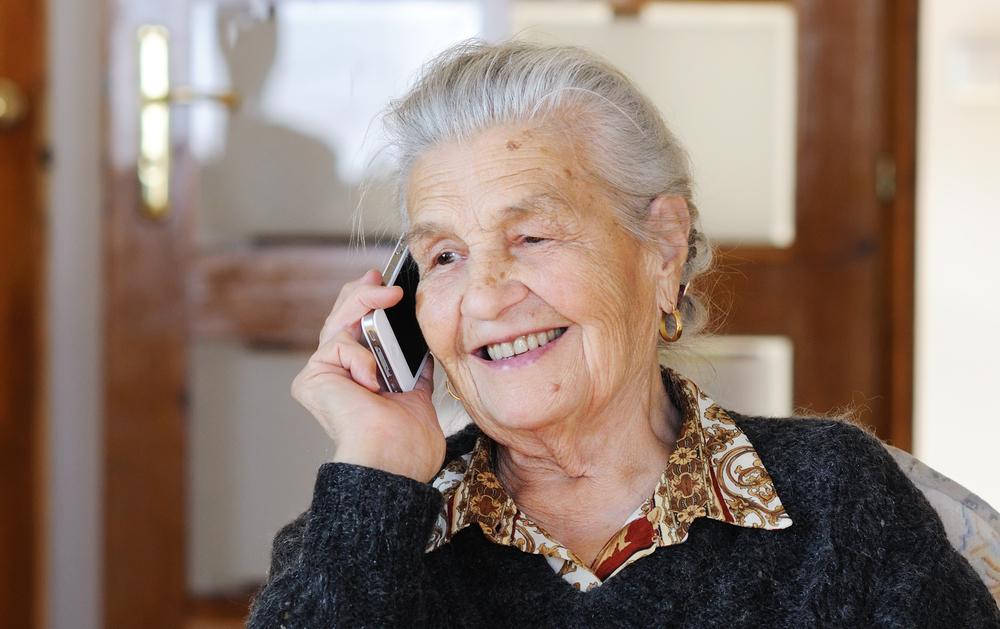Comprehensive Guide to Free Mobile Phones for Seniors on a Budget
This comprehensive guide explores how seniors on a budget can access free mobile phones through government programs and affordable plans. It covers eligibility criteria, device options, and tips for staying connected for safety, health, and social purposes. Learn how seniors can benefit from Lifeline and no-contract prepaid plans to maintain communication without financial strain.

Comprehensive Guide to Free Mobile Phones for Seniors on a Budget
As the digital age continues to evolve, staying connected remains crucial, especially for seniors. However, many elderly individuals face financial constraints that can make obtaining and maintaining a mobile phone seem challenging. Fortunately, there are numerous programs and options designed specifically to help seniors access affordable or even free mobile phones, ensuring they remain connected for emergencies, healthcare, and daily communication. This comprehensive guide explores all available avenues for seniors to acquire free mobile phones, focusing on no-contract plans, government assistance programs, and tips for maximizing affordability.
The primary goal is to help seniors understand their options, navigate eligibility requirements, and choose suitable devices and plans that meet their communication needs without straining their budgets. From government-funded programs like Lifeline Assistance to affordable prepaid plans offered by major providers and independent carriers, this article covers everything you need to know to stay connected affordably.
Empowering seniors with knowledge about these resources not only enhances their safety and independence but also promotes digital inclusion, enabling older adults to access healthcare information, stay in touch with loved ones, and participate actively in digital society.
Prepaid mobile phones, especially pay-as-you-go models, are a popular choice among seniors seeking cost-effective solutions. These devices come with a predetermined set of minutes and texts, often expiring after a certain period, and do not require long-term contracts or credit checks. Major telecommunications companies such as Verizon, AT&T, T-Mobile, and independent networks like Cricket, Net10, and Virgin Mobile provide inexpensive prepaid plans tailored to fit various affordability needs.
For seniors looking for simplicity and ease of use, many providers offer devices with large buttons, simplified interfaces, and additional features suited for older users. The Doro PhoneEasy 618, for example, available through Consumer Cellular, exemplifies a senior-friendly phone designed with large, easy-to-press buttons, loud speakers, and a straightforward user interface. Calling plans utilizing these devices can start at as low as $10 a month, making them highly accessible for budget-conscious seniors.
Beyond prepaid options, a variety of free phone programs are accessible through federal and state assistance initiatives. These programs aim to bridge the digital divide by providing essential communication services to low-income individuals, including seniors.
Lifeline Assistance Program: A Vital Support for Low-Income Seniors
The Lifeline Assistance Program is a federal initiative aimed at providing affordable communication services to qualifying low-income Americans. It offers subsidized landline and wireless services, including free mobile phones with a set allowance of monthly minutes and texts. This program is particularly beneficial for seniors who rely on their phones for safety, health emergencies, and maintaining social connections.
Eligible participants typically receive a basic mobile handset equipped with essential features like voicemail, caller ID, call waiting, and text messaging. The program collaborates with regional and national carriers such as Assurance Wireless, Safelink, and others, to ensure widespread availability across the country.
Eligibility criteria are primarily based on participation in government assistance programs such as Medicaid, Supplemental Security Income (SSI), Food Stamps (SNAP), or specified household income thresholds (usually at or below 135-150% of the Federal Poverty Guidelines). Seniors meeting these criteria can benefit significantly from the Lifeline program, which helps reduce communication costs and ensures they are reachable in emergencies.
To access the program, seniors should check the availability of Lifeline services in their area via their zip code and apply through authorized providers. The process is straightforward, and documentation of income or participation in qualifying programs is required.
In addition, many seniors find that having a reliable phone maintains their independence, enhances safety, and provides peace of mind. It also enables them to connect with healthcare providers, family members, and community services easily.
In conclusion, there are numerous resources available for seniors seeking free or low-cost mobile phones. From federally subsidized programs like Lifeline to affordable prepaid plans offered by major providers, older adults can access devices that meet their communication needs without financial stress. By understanding and leveraging these options, seniors can stay connected, safe, and engaged in today's digital world, enjoying the peace of mind that comes with reliable communication tools.
Staying connected is more than just convenience; it is a vital aspect of safety, health management, and social inclusion for seniors. With the right information and resources, seniors can enjoy the benefits of modern telecommunications without breaking the bank, ensuring they remain active and connected members of their communities.





